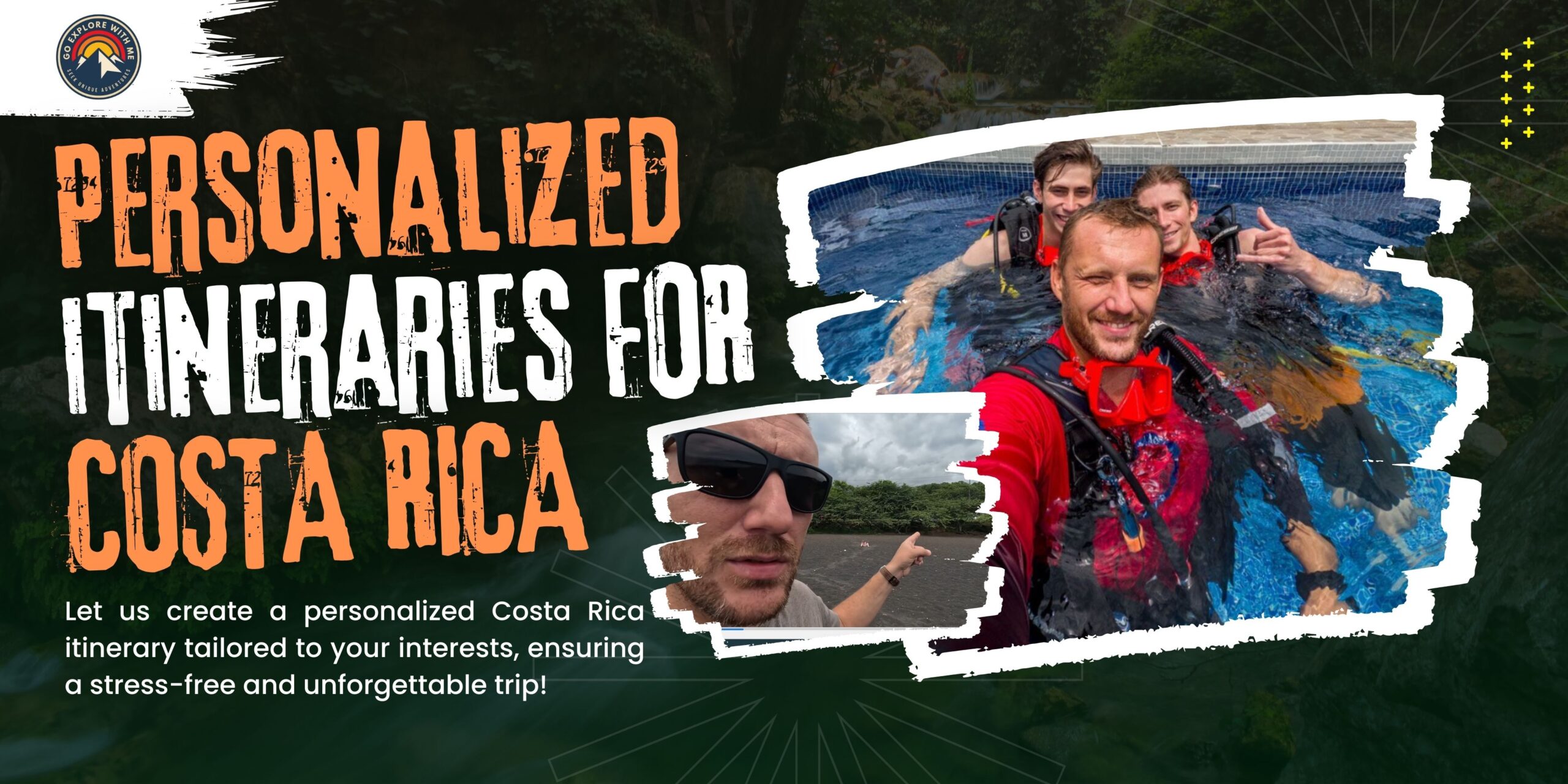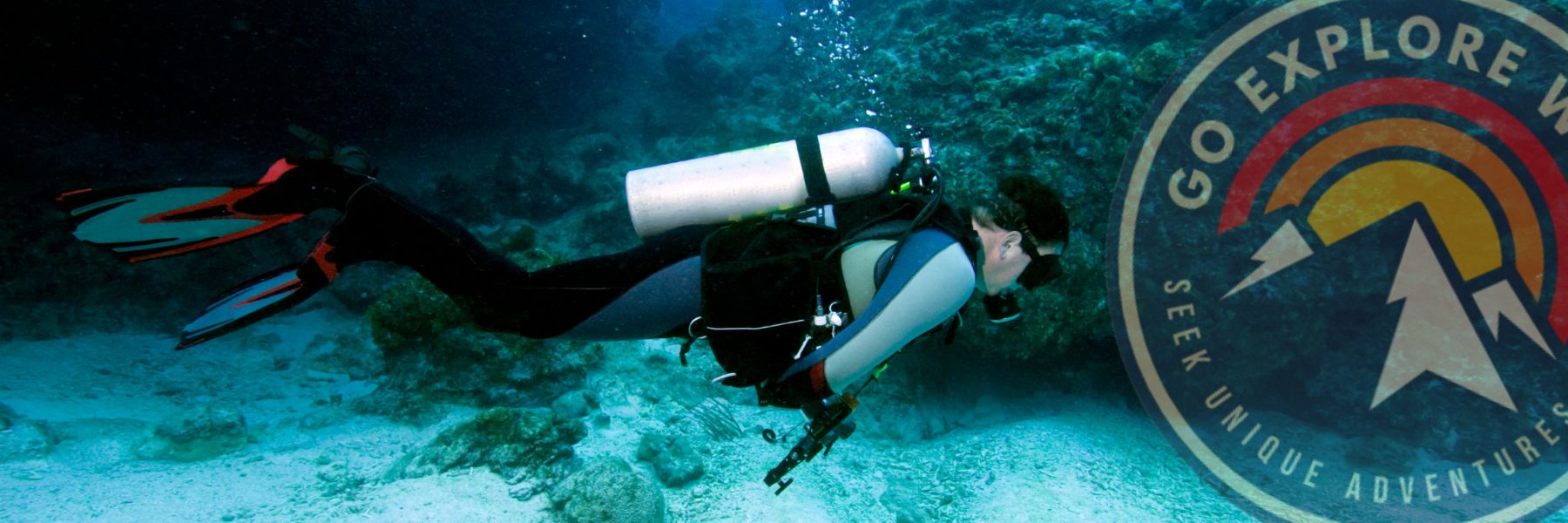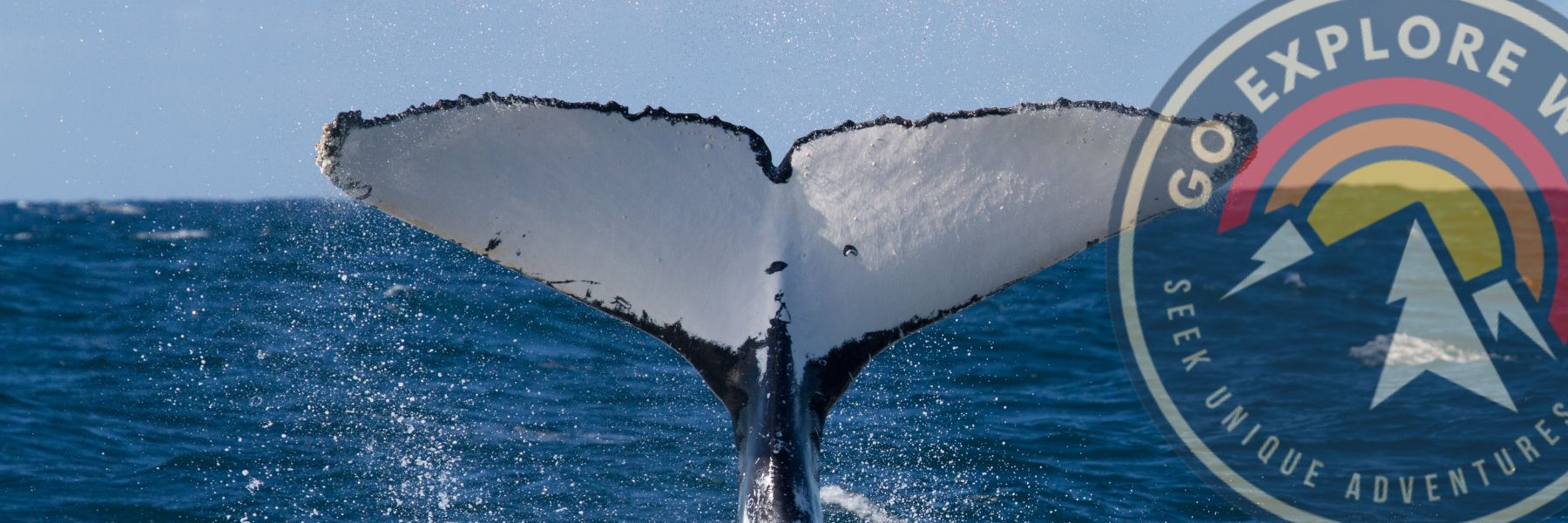Contents
You haven’t really been to Costa Rica until a howler monkey has woken you up at 5 a.m. It’s not subtle. It’s not soothing. It sounds like a dinosaur is outside your window—and that’s not an exaggeration.
But after the initial what-is-happening panic, you’ll smile. Because Costa Rica monkeys aren’t just part of the landscape—they are the landscape.
These loud, playful, curious creatures swing through forests, chill on beach trees, and often seem to be running the show. And honestly? We’re all just lucky guests in their jungle.
Costa Rica Monkeys: Meet 4 Native Species
Costa Rica is home to four species of monkeys, all native and relatively easy to spot in the wild. Each has its own personality—and if you stay in the right places, you might just meet all of them.
Mantled Howler Monkey (Alouatta palliata)
These are the ones you hear before you see. Howlers are known for their deep, guttural calls that can carry for up to three miles. Despite the sound, they’re surprisingly laid-back and spend most of the day napping or slowly munching on leaves.
- Where to spot them: Guanacaste, Osa Peninsula, Nicoya Peninsula, Tortuguero
- Fun fact: Their calls aren’t for fun—they’re to defend territory. So when you hear that roar, someone’s claiming their treetop turf.
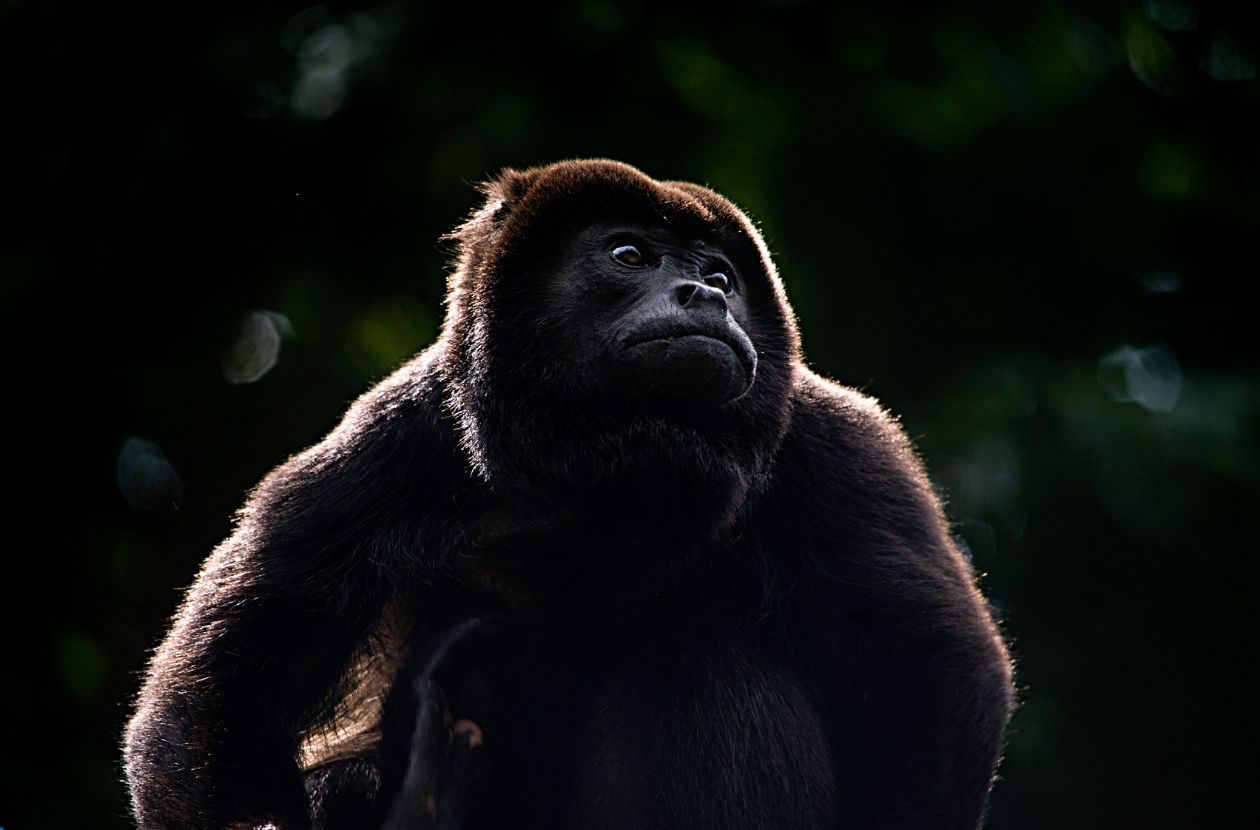
Central American Spider Monkey (Ateles geoffroyi)
Long limbs, long tails, and serious acrobatics. Spider monkeys are fast, agile, and typically hang out higher in the canopy. They’re more shy than capuchins, but incredible to watch.
- Where to spot them: Osa Peninsula, Braulio Carrillo, Rincon de la Vieja
- Fun fact: Their prehensile tail works like a fifth limb—they can literally hang by it while snacking.
Central American Squirrel Monkey (Saimiri oerstedii)
Tiny, hyper, and endangered, squirrel monkeys are mostly found on the southern Pacific coast. They travel in large troops and almost seem like featherweight ninjas through the trees.
- Where to spot them: Manuel Antonio area and Corcovado
- Fun fact: The local name is mono titi—and they’re only found in a small region of Costa Rica and Panama.
White-Faced Capuchin Monkey (Cebus imitator)
The most charismatic of the bunch, capuchins are clever, social, and not at all shy. You’ll see them in troops, jumping between branches or occasionally trying to steal your snacks if you’re not careful.
- Where to spot them: Manuel Antonio National Park, Corcovado, Arenal
- Fun fact: These monkeys have been observed using tools and working together to open food—little jungle geniuses.
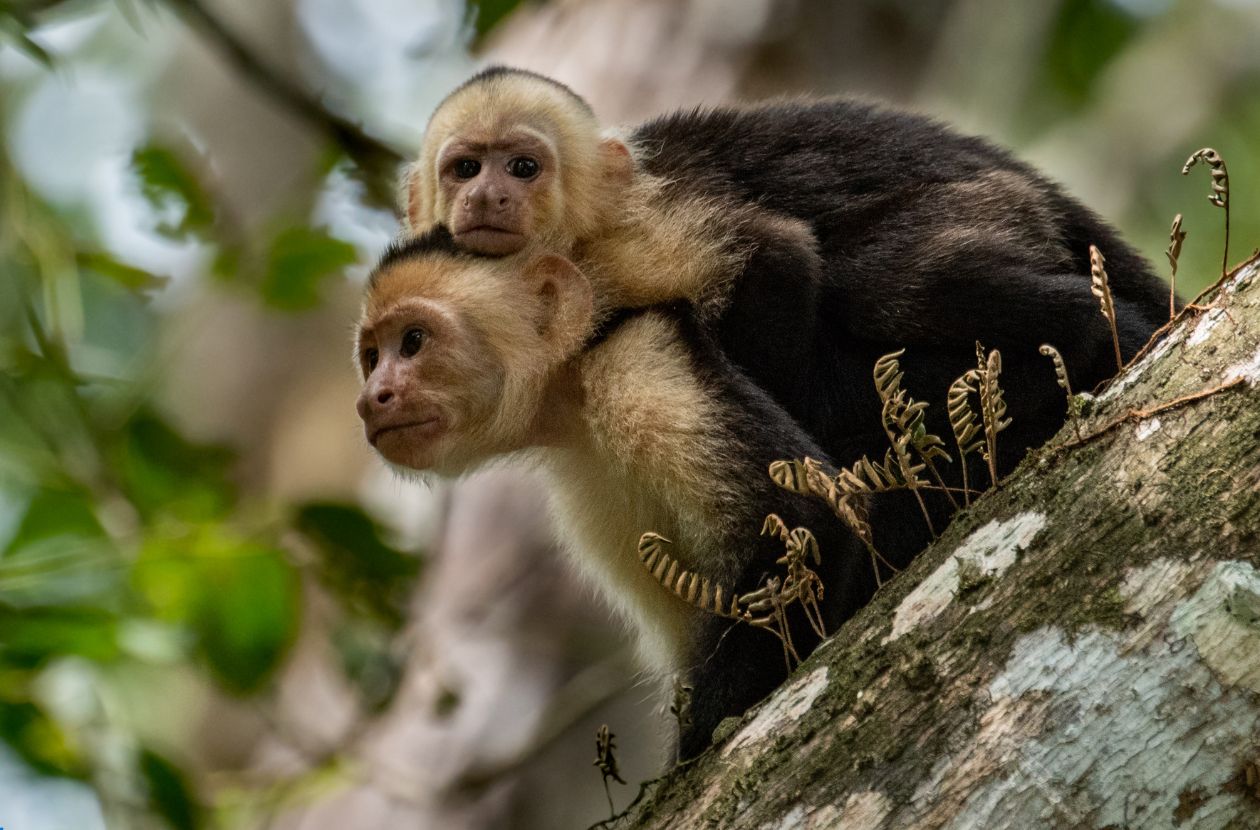
Where to See Monkeys in Costa Rica (Without a Tour Bus)
The good news? You don’t need to hike ten miles to see monkeys. Many are just there—in hotel gardens, above jungle roads, and even by the beach.
Top places to spot Costa Rica monkeys:
- Manuel Antonio National Park – Capuchins and squirrel monkeys often hang out near the trails
- Osa Peninsula – All four species live here; it’s basically monkey central
- Tortuguero National Park – Great for howlers and capuchins, especially on early morning boat tours
- Santa Rosa National Park (Guanacaste) – Home to howlers and spider monkeys
- Corcovado National Park – Your best chance to see all four species in the wild
If you’re staying near jungle or forested areas, listen in the early morning and late afternoon—they’re most active when it’s cooler.
Are Monkeys in Costa Rica Friendly?
They’re wild animals. And like all wild animals, they’re cute until they’re not.
Capuchins, in particular, can get bold—especially in areas where tourists have fed them in the past (don’t do that). They might unzip your backpack or grab your lunch if given the chance. Not out of malice. Just… curiosity.
So no, they’re not aggressive—but they’re not pets either. Watch from a distance. Let them do their thing.
Costa Rica Monkeys Tours: Are They Worth It?
Absolutely—especially if you want to see monkeys in Costa Rica in their natural habitat and actually understand what’s going on.
Guided jungle hikes or boat tours often come with binoculars and a local guide who can spot a monkey 100 feet away by the way a branch moves. Without that help, it’s easy to miss them.
If you’re into photography or wildlife watching, this is one of those tours that delivers.
Respect the Monkeys (and the Jungle)
We get it—they’re adorable. But here’s what not to do:
- Don’t feed them (it changes their behavior and puts them at risk)
- Don’t try to pet them (seriously, no matter how Instagrammable it seems)
- Don’t blast music near their habitat
- Don’t leave food or trash behind
The best way to enjoy monkeys in Costa Rica? Watch quietly. Be still. Let them forget you’re there.
Make It Easy – Book Monkey Tours and More, Directly with Us
Want to see monkeys, waterfalls, and more without figuring out logistics on your own? We’ve made it simple.
At GoExploreWith.me, you can book epic Costa Rican experiences directly—no stress, no third parties. Whether you want to hike with howlers, float past squirrel monkeys, or explore deeper into the jungle, we’ve got you covered.
Easy, flexible, and 100% pura vida.
Want to Discover Wild Spots You’ve Never Heard Of?
If you’re the kind of traveler who loves monkeys but prefers fewer humans around, you’ll love our free eBook: “10 Hidden Gems in Costa Rica You’ve Never Heard Of.”
It’s full of quiet beaches, off-radar jungle trails, and wildlife-rich places most tourists never see.
Download it now and meet Costa Rica on your own terms—tail, howl, and all.


